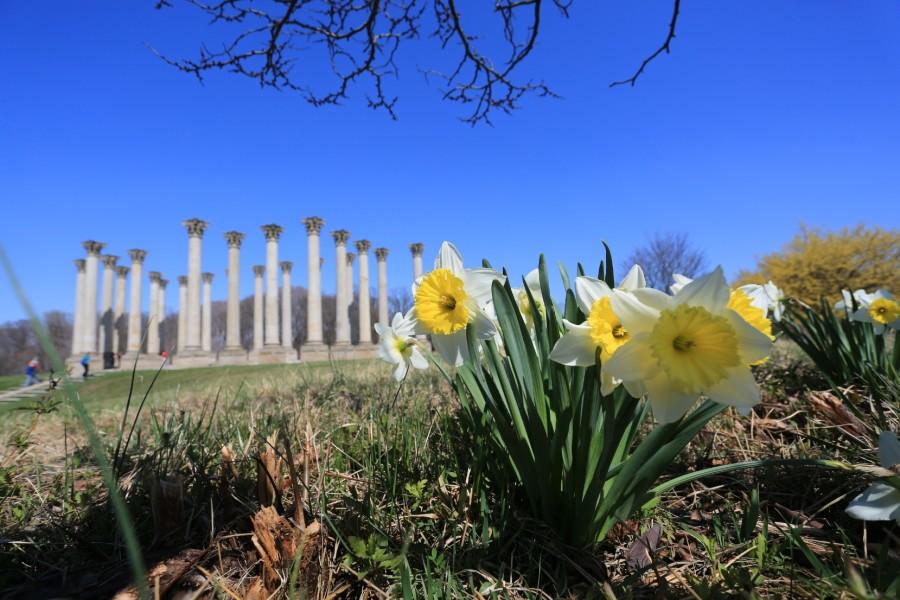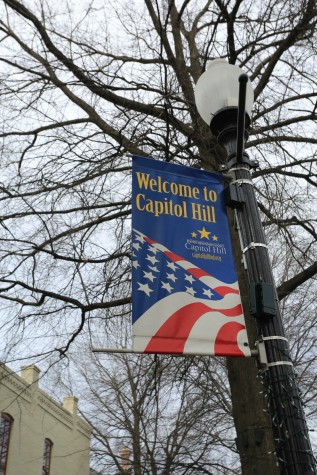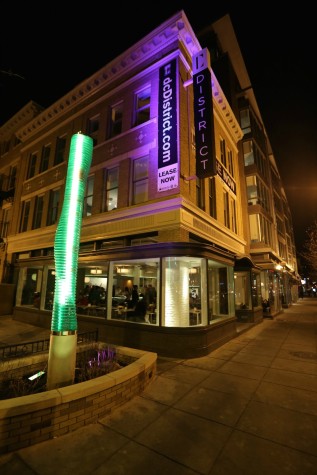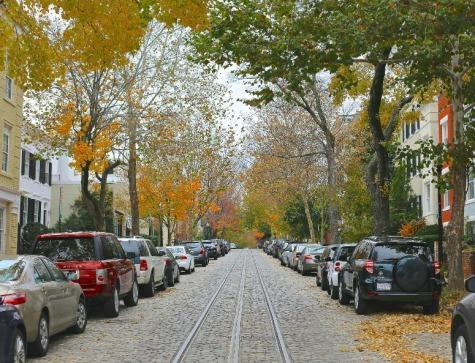U.S. National Arboretum
April in D.C. generally means one thing to tourists: cherry blossoms. A 1912 gift from the people of Japan, the blossoms have been a staple of spring in Washington for the past century. Despite the excitement and beauty of the cherry blossoms, one can find an even larger array of plant life and horticulture at the U.S. National Arboretum. Instead of just one species of cherry trees from Japan, thousands of different plants from all over the world can be found at this 412-acre swath of land located right in our nation’s capital. In the upper corner of Washington’s Northeast quadrant, right off of New York Avenue, this park boasts a diverse natural beauty unmatched, even by the cherry blossoms.
Bonsai and penjing enthusiasts can rejoice at the arboretum’s extensive collection of the ancient Japanese and Chinese art forms year-round with its indoor and open-air exhibits. Among one of its most popular exhibits, the azalea grove, or Morrison Garden, is home to hundreds of examples of the flowering bush that captivates thousands during the months of April and May with its colorful display. Tabasco peppers and many other herbs can be found at the National Herb Garden, just a few hundred feet from the visitors’ center. More than 50 varieties of peppers call this enclosure home, along with hundreds of herbs used in everyday life.
One of the more unique displays at the arboretum isn’t even a plant at all. Placed in the 1980s, several of the original Corinthian columns from the U.S. Capitol building stand atop the 20-acre ellipse at the center of the park. These columns were part of the original Capitol building structure and were removed with the construction of a new dome atop the building. Directly in front of the structure, a quaint reflecting pool, fed by a small rivulet, enhances the grandiose picture of the columns perched atop the hill.
Not only is the arboretum a serene escape for the public, but it also serves as a research lab for many of the country’s top botanists. Children can also learn more about horticulture in one of the park’s youth gardens. The Washington Youth Garden is open to children in grades 3-5, who receive the opportunity to plant fruits and vegetables in their own plot in the Youth Garden and watch them sprout and develop throughout the summer. The students are responsible for ensuring that their plot remains clear of weeds and any harmful pests that might appear.
If one is inspired by plant life from the other side of the world, the arboretum’s Asian plant collection goes beyond the cherry blossoms on display at the Tidal Basin. Access to the adjacent Anacostia River is also possible from this exhibit. A short walk from the Asian plant life collection, one can stumble upon a beautiful grove of magnolia trees lining the road back toward the visitor center.
A visit to this enclosure can only be enjoyed on the weekends as the arboretum is only open Friday through Monday from 8 a.m. to 5 p.m. Despite these limited hours, the U.S. National Arboretum is still a wonderful natural escape away from the buzz of Northern Virginia and the District of Columbia.
The Bottom Line
National Bonsai and Penjing Museum: Just down the road from the visitor center, open Monday Through Friday, 10 a.m. to 4 p.m.





